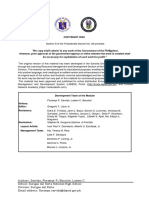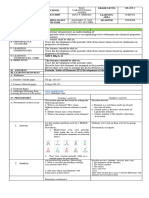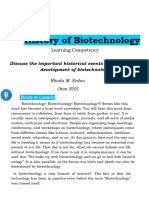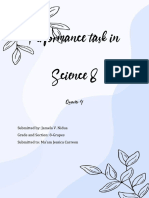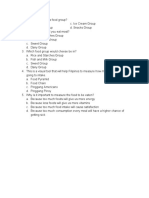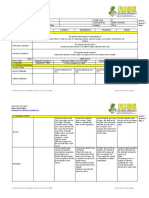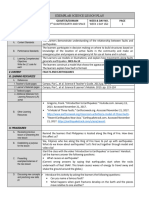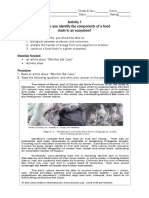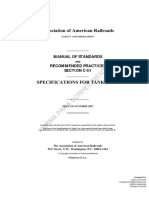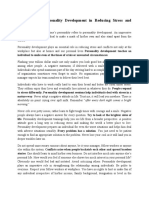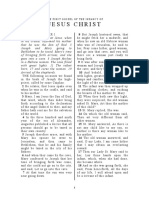0% found this document useful (0 votes)
1K views8 pagesQ1 WS Science 8 Lesson 8 Week 8
This document contains Learning Activity Sheets for Science Grade 8, focusing on the topic of photosynthesis as part of the MATATAG K to 10 Curriculum pilot implementation for SY 2024-2025. It includes various activities designed to engage students in exploring concepts related to cycles in nature, cellular respiration, and fermentation, along with objectives, materials needed, and procedures for each activity. The material is intended for teacher use only and emphasizes the importance of copyright and proper usage.
Uploaded by
janeriejohn.enajeCopyright
© © All Rights Reserved
We take content rights seriously. If you suspect this is your content, claim it here.
Available Formats
Download as PDF, TXT or read online on Scribd
0% found this document useful (0 votes)
1K views8 pagesQ1 WS Science 8 Lesson 8 Week 8
This document contains Learning Activity Sheets for Science Grade 8, focusing on the topic of photosynthesis as part of the MATATAG K to 10 Curriculum pilot implementation for SY 2024-2025. It includes various activities designed to engage students in exploring concepts related to cycles in nature, cellular respiration, and fermentation, along with objectives, materials needed, and procedures for each activity. The material is intended for teacher use only and emphasizes the importance of copyright and proper usage.
Uploaded by
janeriejohn.enajeCopyright
© © All Rights Reserved
We take content rights seriously. If you suspect this is your content, claim it here.
Available Formats
Download as PDF, TXT or read online on Scribd
/ 8






















